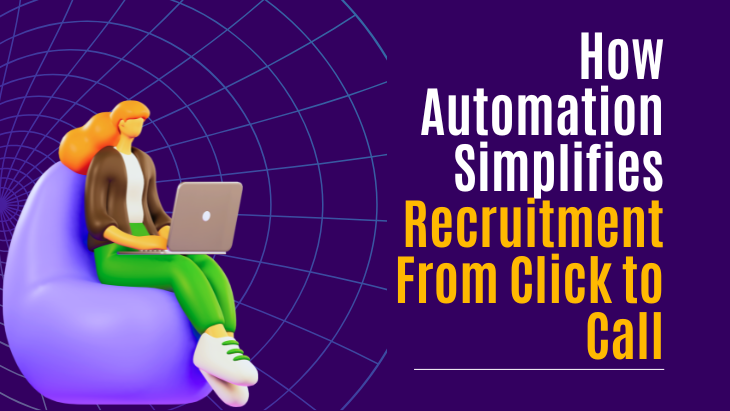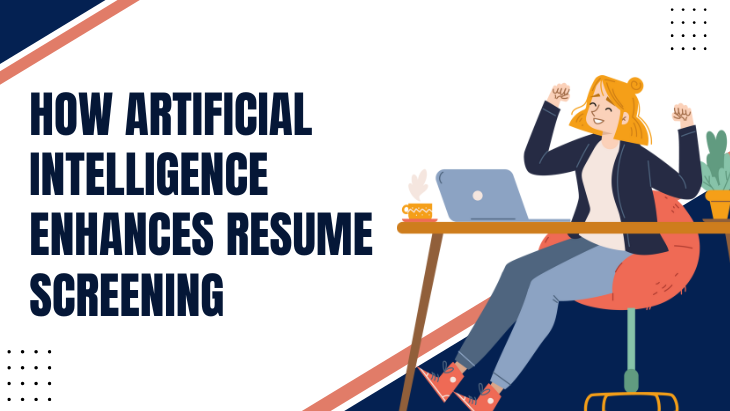In today's digital-first era, companies are dependent on technology for all their operations. From laptops used by employees to servers holding vital data, IT assets are the backbone of digital businesses. However, most companies continue to manage IT assets in old-fashioned ways using disorganized spreadsheets, periodic inventory audits, and break-fix maintenance. AI Job Portal For Seamless Recruitment The outcome is avoidable expenses, inefficiency, and security risks. With increasing complexities in IT environments, there is an increasing demand for integrated IT & hardware solutions that provide visibility, control, and automation across the whole asset lifecycle.
The Importance of Asset Lifecycle Management
Asset lifecycle management is the process of controlling IT gear from the point it is purchased to the point that it is retired or recycled. The most important phases are procurement, deployment, maintenance, upgrades, and disposal. In the absence of proper systems, companies pay more for unused assets, keep them too long before upgrading, and leave themselves vulnerable to data breaches at retirement. Smarter, integrated lifecycle management sees each phase managed proactively, enhancing ROI, compliance, and operational efficiency.
Streamlining Procurement with Integrated Solutions
Traditional procurement tends to be a multi-departmental process with siloed vendors and no visibility into current inventory requirements. With integrated IT & hardware solutions, companies are able to consolidate procurement into one streamlined, effective platform. This allows IT and finance organizations to jointly manage purchases, compare total cost of ownership, and align new devices to both technical specifications and spending limits. Such platforms also monitor vendor performance and price directions, facilitating better purchasing choices in the long run.
Deployment Done Right: Speed and Standardization
Following procurement, the subsequent challenge is deploying IT assets efficiently and rapidly. Ineffective deployment can hold up employee onboarding, decrease productivity, and result in configuration problems later on. Integrated platforms provide automated imaging, routine setup processes, and real-time asset tracking as they are being assigned to employees. From setting up a desktop to deploying hundreds of laptops for a remote workforce, standardized deployment guarantees consistency and removes space for errors. It also boosts security by enforcing policies and software patches straight out of the box.
Maintaining IT Assets in Top Form through Proactive Care
Maintenance on a continuous basis helps keep IT assets functional and secure. However, reactive maintenance is still practiced by most organizations repairing things once they fail. With intelligent IT asset management, organizations can automate patch management, track system health, and receive notifications when performance is degraded. Integrated IT & hardware solutions leverage analytics and AI to anticipate failures beforehand, reducing downtime and avoiding expensive disruptions. Routine maintenance also extends asset life and improves user experience.
Streamlining Upgrades and Reassignments
Assets must eventually be upgraded or reassigned over time. When there is a disparate system, this can become disorganized and inefficient. Integrated platforms enable IT departments to locate unused or obsolete devices, schedule timely upgrades, and redistribute hardware based on usage. This precludes unnecessary purchases and guarantees that workers have the equipment they require. With reassignment flexibility in fast-changing environments where teams expand, change, or move around, continuity and cost savings become directly dependent on IT asset reassignment.
Secure and Sustainable Retirement Practices
All IT assets eventually become obsolete. Retirement does not mean disposal alone—it entails erasing sensitive information, environmental compliance, and monitoring final dispositions. Inadequate retirement habits will lead to data spills, fines, and ecological damage. Integrated IT & hardware solutions make sure decommissioning is treated carefully. Devices are wiped in a secure manner, certificates of destruction are completed, and recycling or resale is monitored for sustainability and compliance. These measures safeguard your brand and meet corporate responsibility.
The Role of Asset Tracking and Reporting
Across the asset life cycle, real-time reporting and tracking are necessary. Companies need to understand who possesses what device, its condition, and its location. There is asset tagging, geolocation tracking, and usage reporting provided on integrated platforms that give complete visibility all the time. Loss is minimized, theft is avoided, and planning for future procurement cycles is made more effective. Insights from data also assist CIOs and IT managers in understanding trends, minimizing costs, and being able to predict future needs with greater accuracy.
Improving Compliance and Data Protection
Compliance is top of mind for today's businesses, particularly those dealing with customer data or subject to strict regulations such as GDPR or HIPAA. Embedded IT & hardware solutions are essential to enforcing policies at the device level, securing data via encryption, and proving audit trails. Using automated logging and access control, businesses have the ability to respond rapidly to compliance audits and prove sensitive information is protected on all devices.
Increasing Productivity and IT Efficiency
When workers have well-configured, current hardware, they are more productive. Meanwhile, IT staff save time on troubleshooting or resolving problems when devices are well-managed. Consolidated systems lower ticket counts, enable automated tasks to be performed, and enable IT experts to concentrate on strategic projects rather than firefighting on a daily basis. The outcome is a faster and more enabled workforce supported by a nimble and efficient IT organization.
The Future of IT Asset Management is Integrated
In a global economy of remote work, hybrid teams, and digital transformation, IT asset management can no longer stay the same. Companies that bank on patchwork tools and firefighting processes will be left behind. The more intelligent path ahead is with integrated IT & hardware solutions that oversee the entire asset life cycle from procurement to retirement in one unified ecosystem. These solutions enable companies to cut costs, enhance security, and future-proof their operations in a competitive market.
Conclusion
With the advent of holistic IT & hardware solutions, companies can now manage the entire lifecycle of their assets with precision, security, and efficiency. TalentGenie From intelligent procurement to eco-friendly retirement, using a unified platform reduces risks, manages costs, and provides improved outcomes for employees as well as the business.








Leave a reply